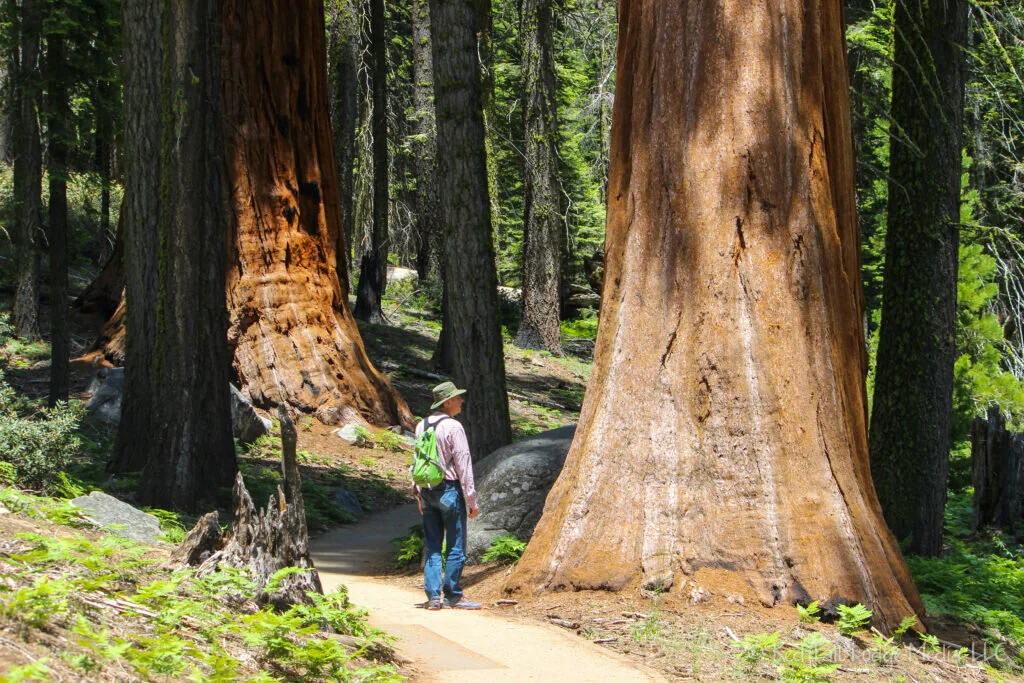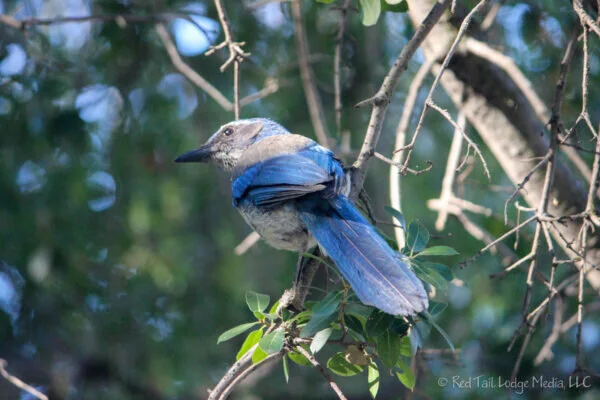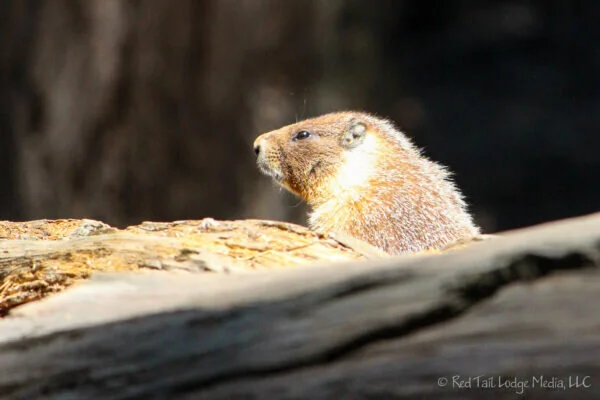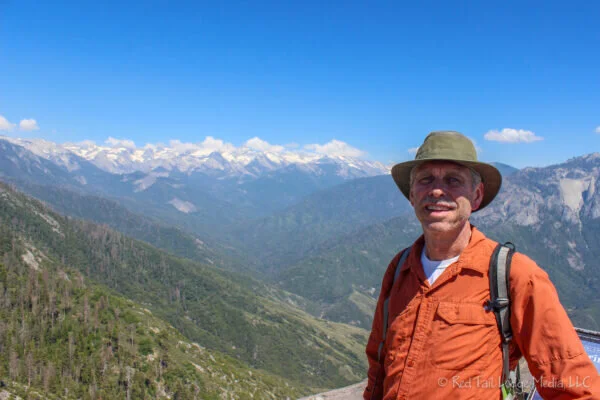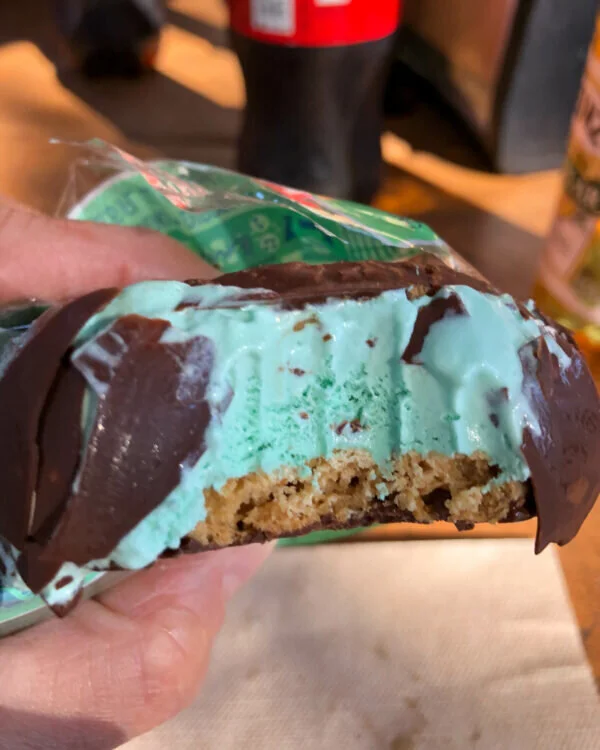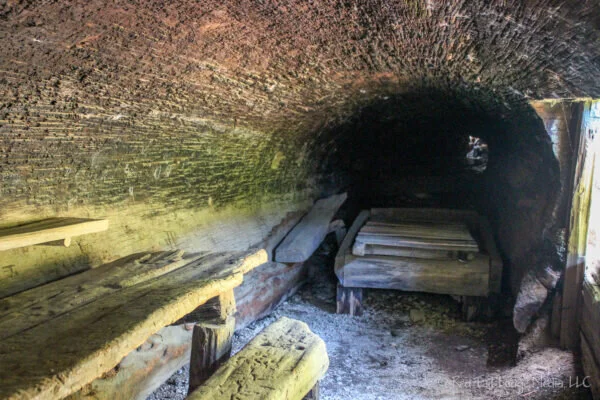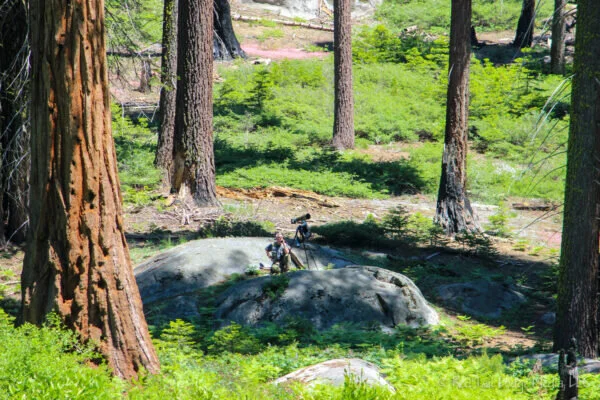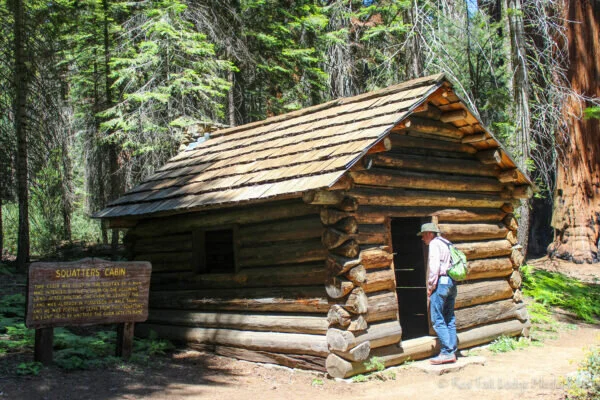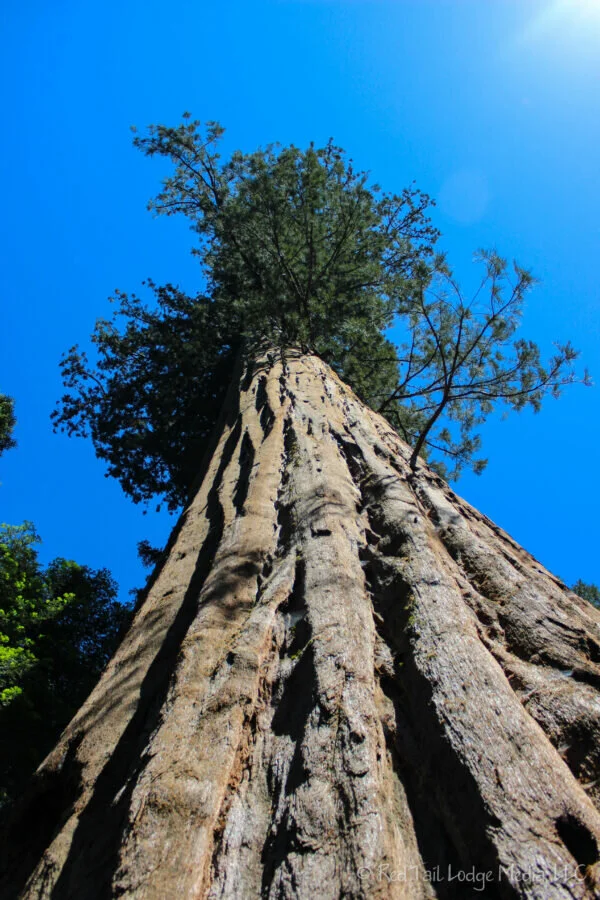Sequoia National Park - June 30 to July 3, 2019
From Nevada's Valley of Fire State Park we drove to Pasadena, California to watch our daughter perform in a DCI Drum Corps competition at the Rose Bowl. The following day we headed up to Sequoia National Park to spend four days and three nights inside the park. We could have easily spent more time there, but we tried to make the most of the time we had.
Our campground reservations for the first night were in the Potwisha Campground which is only a few miles past the Sequoia National Park entrance. The campground is along the Keweah River on Generals Highway before going over the mountain pass and entering the Giant Forest area with all of the well-known big trees. Potwisha wasn't our first choice of campgrounds, but we could not get reservations at our first choice of Lodgepole Campground for the first night. Potwisha Campground is a smaller campground of about 40 sites and has flush toilets and a dump station and little else. Camping fees were $22 per night. Pay attention to the recommended vehicle length for the area. We saw people struggle getting their rigs in place and even one that gave up and left their trailer precariously perched on a side slope for the night. Each site had a bear box and you were required to put your food and anything else that had an odor in them. If you have child car seats, those are supposed to go in there too. The campsite rules included having food items within arms reach whenever they were outside of the bear box. As we ate our dinner outside, we were entertained by the lizards, birds and deer wandering through the campground. There was even a fawn that entertained us as it suckled mom for milk. For some reason the deer seemed to be attracted to the fire pit grill grates. Are they licking the salt off of them?
On the second day we drove over the pass with its many switchbacks and scenic views, through the Giant Forest to Lodgepole Campground where we would spend the next two nights. Lodgepole Campground is much larger with nearly 200 sites and is next to Lodgepole Village which has a store, coin laundry, and coin showers. Lodgepole Campground is at a higher elevation than Potwisha and the drop in air temperature was noticeable, which we appreciated since we did not have electrical hookups to run our air conditioner. The ranger that checked us in said that we can keep food in our van as long it was kept low and out of sight. We didn’t realize that keeping it out of sight would deter the bears. After eating lunch at our campsite, we hopped on the park shuttle bus to check out the big trees. There are several park shuttles. One of them goes from the Lodgepole Campground to the Giant Forest Museum and stops at the Lodgepole Visitor Center, Sherman Tree Parking Lot, General Sherman Tree and the Museum. Another one runs between the Museum, Moro Rock and Crescent Meadows. The third one runs from the Lodgepole Visitor Center in the opposite direction to Wuksaki Village.
We got off the shuttle at the Sherman Tree Parking Lot and followed the crowds to the General Sherman Tree. It was impressive. Sherman is the largest tree in the world by volume and is about 2000 years old. Although most of the tree is still alive and growing, the top of the tree is dead. We learned that this is a characteristic of Sequoias; where the top can die off preventing the tree from growing even taller than the 275' that it is, but the trunk will continue to grow in girth for centuries more. From Sherman we followed the Congress Trail which wound through the Giant Forest past many named Sequoias. It is hard to capture the scale in photographs of the trees, but Right Buddy (RB) tried. The trail is about two miles long round trip and the crowds thinned out the further we got from the Sherman Tree. The hike was also peppered with wild flowers and wild life. RB enjoyed watching a marmot poke his head out of a large crack in a fallen tree and explaining what it was to another family passing by. The marmots in Sequoia NP are similar to the ones we see in Rocky Mountain NP, not the smaller ones we saw in Capitol Reef NP.
We hopped back on the shuttle bus at the General Sherman Tree stop and took it to the Giant Forest Museum. From there we hopped on another shuttle up to Moro Rock. The climb up to the top of Moro Rock is about a third of a mile with an elevation gain of 300 feet. The stairs seemed to twist and turn and go on forever because you couldn’t see how much further you had to go, but the view from the top was worth it. You could see the road down the other side of the pass, the one we had driven up earlier that day along with snow capped mountains in the distance.
It was two shuttle rides to get us back to the Lodgepole Village where, you guessed it, we stopped in the store for Cokes and ice cream before heading back to our camp site to make dinner. A ranger on the shuttle bus was talking about an ice cream novelty from San Francisco called “It’s-It”, so naturally we had to try them. They are somewhat like an ice cream sandwich, only better, two oatmeal cookies with ice cream in between and the whole thing is coated with a dark chocolate shell. RB had the one with mint ice cream and Left Buddy (LB) naturally had the vanilla one. We both thought they were pretty tasty.
The next day we took the sequence of shuttles all the way over to Crescent Meadows and hiked the trails around there. First we headed down Tharp’s Log trail and checked out Tharp’s Log. Hale Tharp was an early pioneer settler of the area who made a fallen, hollowed out Sequoia tree into a small cabin. From there we took the trail over to the Chimney Tree. The Chimney Tree is a hollowed out tree killed by a camper caused fire in 1919. Our trail map showed the Cleveland Tree about half way down the eastern side of the Crescent Meadow Loop trail, but we walked all the way back to where Tharp’s Trail branched off and could not find it (or at least we never saw the sign for it).
After retracing our steps back to Chimney Tree, we then continued following the Crescent Meadow Loop trail to pick up the Huckleberry Trail over to Squatters Cabin. Along the way a deer crossed our path as we met up with some other tourists and two different photographers. The tourists were excited about seeing a deer, but the two photographers were not. They were on the hunt for bear. The one photographer was dressed in camouflage with a high-powered telephoto lens and tripod. The other photographer was carrying two cameras. Our conversation with the second photographer informed us that the bears like to hang out in the Crescent and Log Meadows and that a bear had been sighted in Crescent Meadow earlier that day. When we got to the Squatters Cabin, we looked out over Crescent Meadow and saw the first photographer had perched himself and his tripod on a large rock overlooking the meadow. It looked like he planned to hang out there for a while and wait.
The Squatters Cabin is a log cabin that another pioneer settler built in hopes that he could then claim the plot of land for himself. However, after he built the cabin, he found out that Hale Tharp had already claimed that piece of land as part of his plot of land that includes Tharp’s Log. Hence the second settler had to give up the cabin and that is why it’s called Squatters Cabin.
When we got back to the Giant Forest Museum, we walked the short, one mile Big Trees Trail that encircles Round Meadow. There were quite a few plaques along the trail that were very informative about Sequoias, their life cycles and their preferred environments. It was a great hike to end the day.
As we rode the shuttle back to the campground, we overheard conversations about some bear sightings by some of the other riders. Neither one of us have ever seen a bear, so all of the talk of bears over the past couple of days were making us feel a little jealous. Again we had ice cream and Cokes at the Lodgepole Village. Are you seeing the pattern here? Luckily we decided to take our showers and do laundry before starting dinner because the showers and laundry room became quite busy as the evening wore on.
The next morning we packed up early to get a head start on our long drive over to the coastal redwoods. Instead of leaving Sequoia National Park the way we came in, we drove down Generals Highway in the opposite direction, past Wuksaki Village, to head out the north entrance. All of a sudden RB hears LB say “bear” very calmly. RB looks up to see an American black bear climbing up the bank along the side of the road. LB stops the van as RB frantically gets her camera out. We also had a camera on the dash taking video, trying to capture the pretty drive out of the park. Between the two of them, we managed to get some nice pictures of the bear. RB still gives LB a hard time for being so calm when seeing a bear for the first time.
Check out our related video: Sequoia National Park June 30 to July 3, 2019
(RB)

